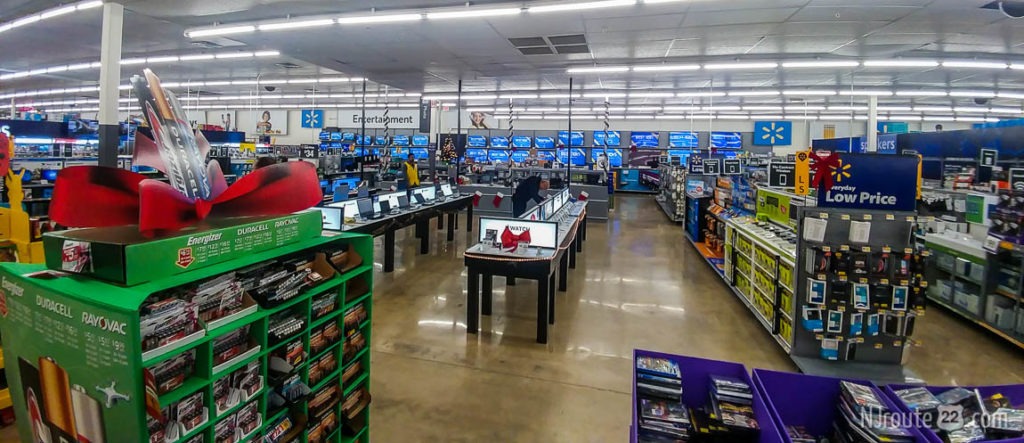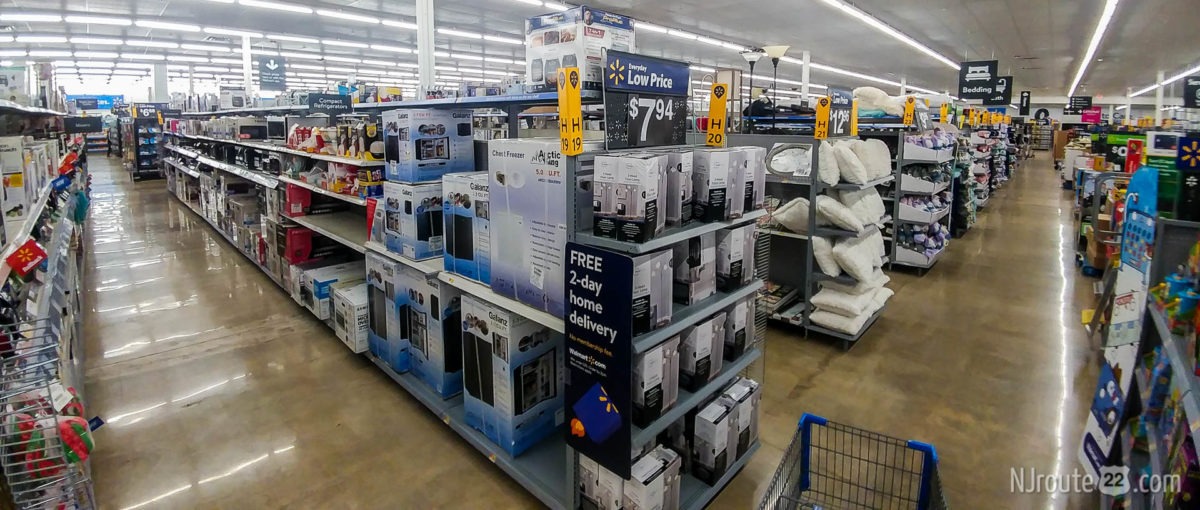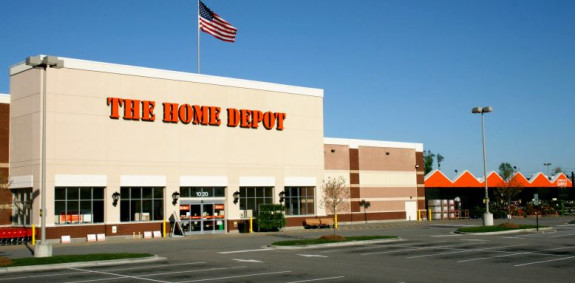It looks like David Stockman liked my retail article. He wrote this lead in to my story on his Contra Corner site.
The ultimate evil of monetary central planning is that it drastically distorts pricing signals in capital markets, thereby inducing vast malinvesments in the real economy—-mistakes that eventually result in uneconomic returns and losses which must be someday written off. Accordingly, what is recorded as a boost to GDP by our Keynesian policy overlords in the front-end of the malinvesment cycle results in a reduction of national wealth when it’s all said and done.
Needless to say, if central bank induced financial repression is carried on long enough the level of capital market deformation and main street malinvesment can become monumental. In fact, there are four bell-ringer statistics among the macro-economic data that dramatize perhaps the greatest of these central bank induced investment errors, but they are never published in the main street financial press—–probably because they explain far too much in one glance.
The skunks in one of the nation’s greatest uneconomic woodpiles are: 100k, 1 million, 15 billion and 47 square feet. Those stats measure the collective girth of America’s shopping emporia, and designate, respectively, the number of shopping centers and strip malls across the land; the number of retail stores spread among them; the total retail space occupied by the nation’s shopping machinery; and the amount of space at present for every man, woman and child in the nation.
It does not take much analysis to see that these bell ringers do not represent sustainable prosperity unfolding across the land. For example, around 1990 real median income was $56k per household and now, 25 years later, its just $51k—-meaning that main street living standards have plunged by about 9% during the last quarter century. But what has not dropped is their opportunity to drop shopping: square footage per capita during the same period more than doubled, rising from 19 square feet per capita at the earlier date to 47 at present.
This complete contradiction—declining real living standards and soaring investment in retail space—did not occur due to some embedded irrational impulse in America to speculate in real estate, or because capitalism has an inherent tendency to go off the deep-end. The fact that in equally “prosperous” Germany today there is only 12 square feet of retail space per capita is an obvious tip-off, and this is not a teutonic aberration. America’s prize-winning number of 47 square feet of retail space per capita is 3-8X higher than anywhere else in the developed world!
When the aggregate level of shopping space is looked at during the above longer-term time frame, the aberration is even more apparent. At the time of the S&L fiasco around 1990 there were only about 5 billion square feet of shopping space in the nation—meaning that capacity tripled during the subsequent a quarter century. Yet this was a period when the real incomes of the middle class were essentially dead in the water. So what market signals could have possibly given rise to such a disconnect?
The answer is the relentless drive for yield among fixed income investors during a period when time and again the Fed intervened in financial markets to prevent the benchmark rate—that is, the 10 year treasury note—- from finding its natural economic price/yield in what was becoming a savings parched economy. Accordingly, there developed a massive tidal wave called “retail operating leases” that quenched this thirst for yield—helped along by accounting loopholes which allowed trillions of these operating leases to be kept off borrower balance sheets and which thrived on the illusion that the proliferating chains of new retail concepts served up by the Wall Street IPO machine were “national credit tenants” That is, these overnight sensations had such solid and sustainable “business models” as to imply blue chip credit status—meaning terms (10-15 years) and interest rate spreads over benchmark rates that made retail occupancy dirt cheap relative to the true long-run economics and risks.
Suffice it to say, that operating leases and national credit tenant financing by banks and institutional fixed income investors like insurance companies and pension funds account for virtually all of the stupendous gain of 10 billion square feet of retail space since 1990. And all of the cheap debt which funded this vast deformation will not be found on the balance sheet of any known retailer.
One of the great “success” stories of retail during the last quarter century, for example, was the Walgreen Co. drug chain which grew from a few thousand outlets centered in the mid-west to more than 40,000 nationwide units today. What seems to be a financial miracle about this staggering growth—that fact that WAG has only $2 billion of net debt—actually is nothing of the kind. In truth, Walgreen’s stores are almost all on operating leases, and the latter represent a present value obligation in the range of $25 billion—or 25X its reported “debt”.
Self-evidently, were the Walgreen drug store empire ever to falter due to any number of factors—demographics, economics, public policy, new technologies and delivery modalities such as Amazon’s putative “drones”, the “national credit tenant” myth would be blown sky-high. In fact, that is the true story materializing in the retail space today.
Like in every other case, the main stream financial press has a stunning case of recency bias with respect to retail. It remains obsessed with short term variations from analyst projections of quarter by quarter trends, and is focused on a few high end chains which service the top 10% of households. It thereby completely misses the drastically deteriorating trends such below the surface.
But a 40-year perspective can do wonders. Since 1970 when the US economy became increasingly a creature of fiat central banking, real GDP per capita has doubled, but retail space has grown from 2 billion square feet to 15 billion or 7.5X, and by 5X per capita after accounting for population growth. Stated differently, a day of reckoning is coming for our massive over-built, debt-bloated retail sector.
In his usually trenchant and fact-driven manner, Jim Quinn has laid out the overwhelming evidence just from the Q1 retail reports that retail party is already over, and that sales per square ft. are falling in virtually every mall and big box based retailer in America. As shown below these range from Wal-Mart to the “go to” names of just a few years ago like Target, Kohl’s and JC Penney, to hapless basket cases like Sears, Staples and Best Buy.
The obvious implication is that unless these trends reverse, the massive mountain of operating leases behind these names will become deeply impaired, and then the great retail leverage unwind will gain powerful, unstoppable momentum. Failing chains will enter chapter 11, massive store closures will occur and mall and power center traffic will continue to decline, thereby perpetuating the viscous financial cycle already underway.
Moreover, as Quinn further documents, the great baby boom retirement wave now underway—10,000 new retires per day each and every day until 2030—will perform the coup d grace. Retirees don’t go to malls in the first place, and won’t be able to afford it in any event. The statistics presented below on lack of retirement savings among the overwhelming share of the population 55-64 is truly shocking.
Nor should the fact that bubblevision’s obsessively focusses on the still positive results of a handful of high end chains like Michael Kors, Nordstrom, Tiffany, Saks, Ralph Lauren, etc. confuse the matter. The top dozen or so high end retail chains in America including the above and Whole food occupy hardly 25 million square feet or just over 1% of the total.
As the debt-burdened middle class continues to struggle with a job insecurity, rising living costs, lack of savings and approaching retirements, shoppers will counting dropping from what will become even more dismal same store “comps”. And as shoppers drop, so will the whole edifice of retail malinvesment and debt on which America’s 40 year consumption party was based.














